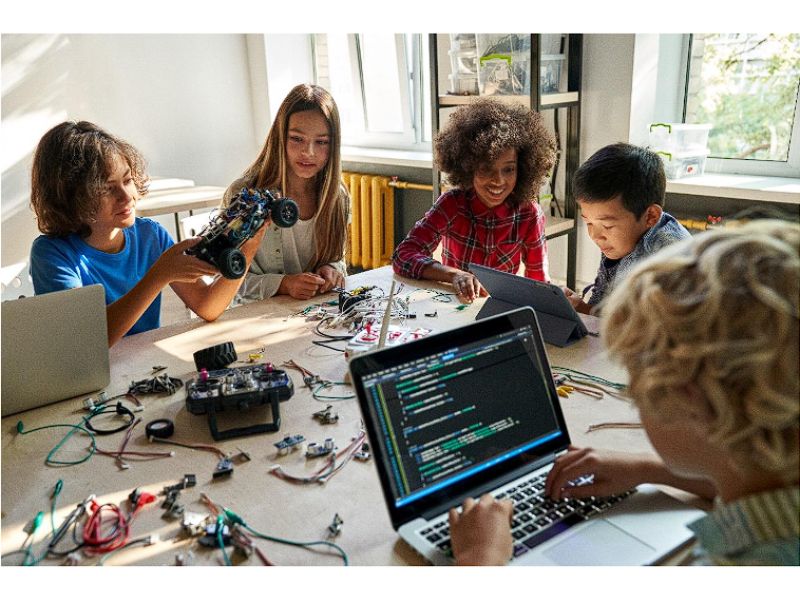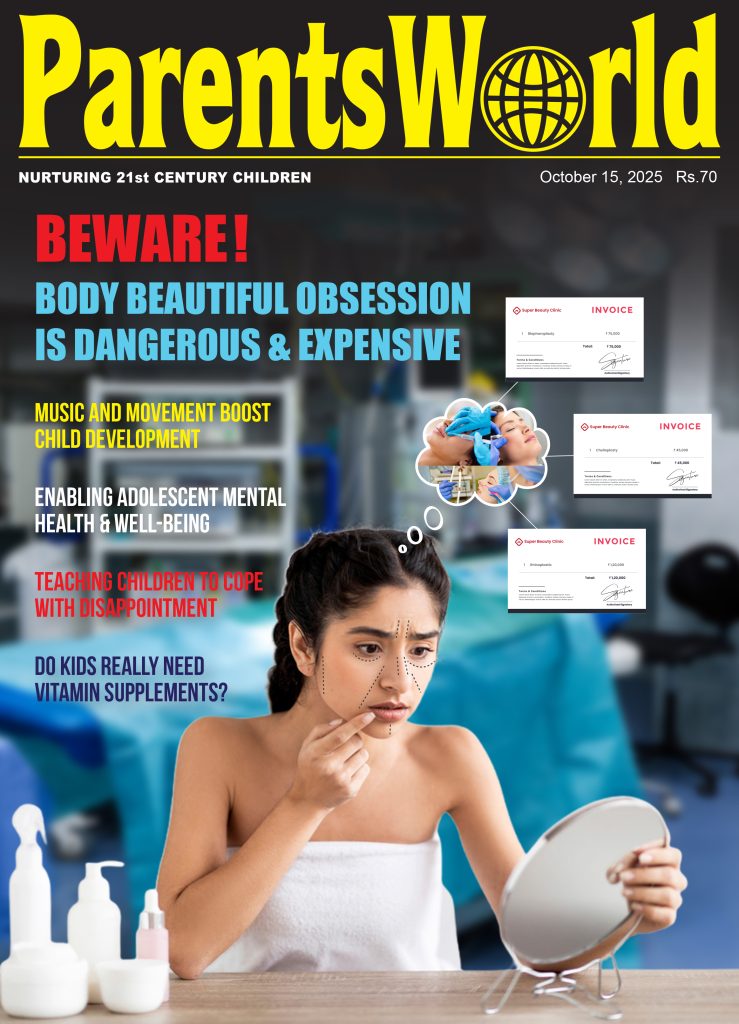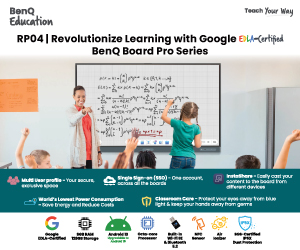Six essential digital skills for students
Tech literacy is one of the most important skills every student should acquire in today’s education environment. In the modern classroom, technology is no longer optional—it is the foundation that allows learners to engage with more complex fields when the time comes.
But tech literacy goes beyond knowing how to operate a computer or perform digital tasks. It is also about protecting the next generation from digital threats and ensuring they are prepared to thrive in a connected world. Below, we outline six essential digital skills all students should learn.
1. Creating digital graphics
Graphics are among the most common forms of digital content and provide an easy transition for students who already enjoy drawing and working creatively. Exploring digital graphics introduces young learners to technology in a fun and engaging way.
Teachers can start with basic tasks on a digital graphic platform like Photoshop, and then teach students how to use photo effects on simple images like animals or nature. Students can learn how different filters work, how to crop images and how to add graphics or text onto photos.
Graphic skills will translate to all aspects of school and personal life, not just for aspiring graphic designers. Consider how often people need to crop a photo for a profile, remove a background for a resume or share photos with friends and family. This is why it’s just an important tool for students, and a great way to introduce them to the digital world.
2. Online communication and collaboration
Developing the ability to communicate and collaborate online is vital for students. Shared documents and collaborative spaces allow seamless teamwork between school and home, increasing productivity and improving inclusivity for students who may otherwise be left out.
However, digital collaboration must be accompanied by clear protocols and protections to ensure safe and responsible use. Students are still learning digital boundaries, so teaching appropriate online behaviour alongside technical skills is essential.
3. Data management
Data management is another critical competency for future careers. Professionals across industries rely on tools such as Microsoft Excel daily. Introducing students early to data entry, basic formulas, and simple analysis helps them build confidence and lays the foundation for advanced applications later.
Teachers can design projects that require analysing data sets or solving real-world problems using spreadsheets. Early exposure to these tools gives students a competitive edge, helping them understand the power of data in decision-making.
4. Cybersecurity basics
As cyber threats grow, cybersecurity has become everyone’s responsibility—even in the classroom. While students don’t need to learn complex practices such as VPNs at the outset, they should start with strong digital hygiene habits.
This includes creating secure passwords, updating them regularly, safely storing sensitive information, and avoiding the use of plain text files for confidential data. Small practices like these reduce risks and encourage lifelong digital safety habits.
5. Digital content creation
Encouraging students to create digital content is an effective way to enhance tech literacy. From designing infographics and editing videos to producing multimedia presentations, content creation develops creativity and communication skills while making classroom learning more engaging.
Incorporating digital content creation into projects and assignments allows students to express themselves in new formats, preparing them for future academic and professional demands.
6. Critical thinking about digital information
With the rise of misinformation and AI-generated content online, teaching students how to critically evaluate digital information is essential. Creating classroom discussions around online content provides a safe space for students to ask questions, analyse materials, and learn how to distinguish reliable sources from misleading ones.
Activities such as group analysis of articles, videos, or images can spark meaningful conversations about how content influences perceptions. These exercises build critical reasoning skills and protect students from being misled by harmful or false information.
Final thoughts
In the digital age, equipping students with core tech literacy skills enhances both their learning experience and their future career opportunities. As technology evolves, it is important to keep teaching methods and tools up to date, ensuring that students continue to develop age-appropriate, relevant skills.
By introducing the six key skills outlined here—graphics, online collaboration, data management, cybersecurity, content creation, and critical thinking—educators can help students become confident, capable, and safe digital citizens.
Also Read: Study Abroad Application: Building a Compelling Profile

















Add comment